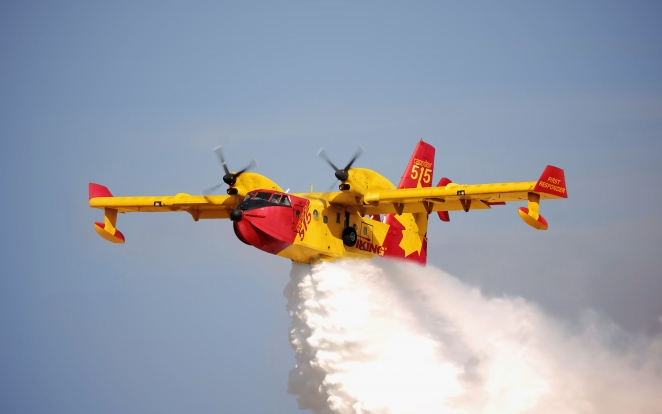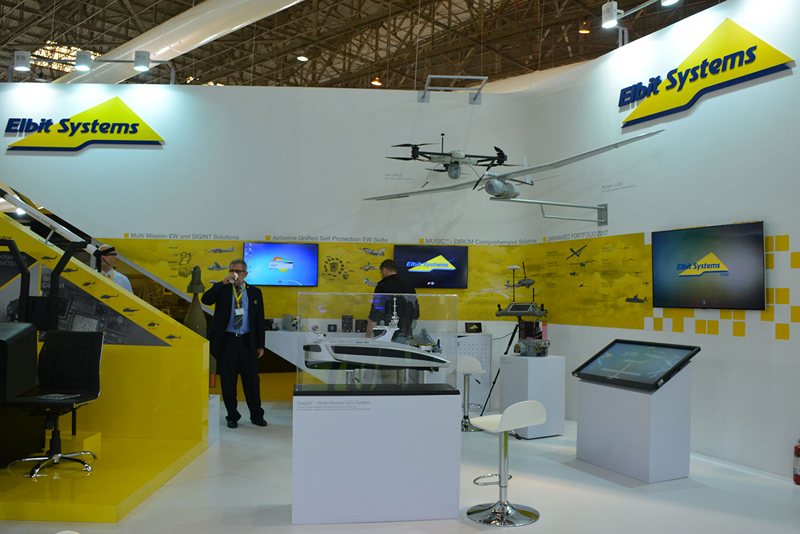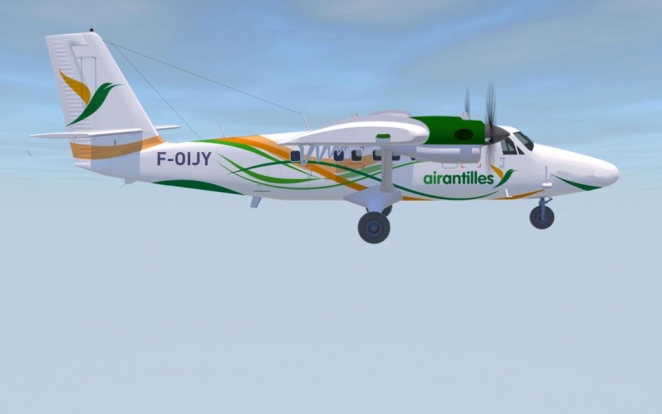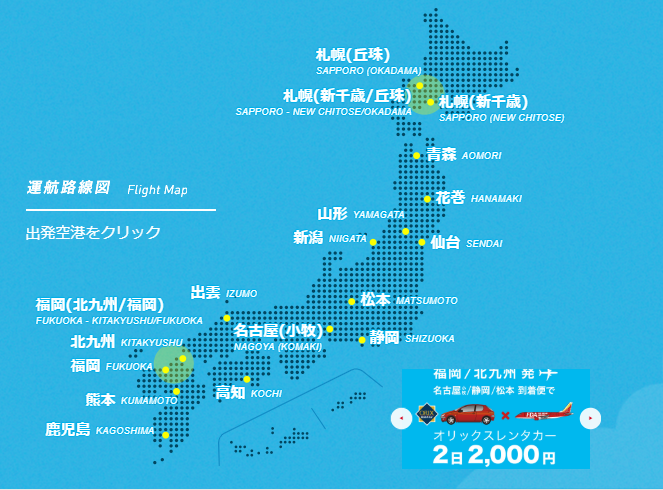PARIS, June 18, 2019––Longview Aviation Capital (“Longview”) and its subsidiary Viking Air Limited, a global leader of utility aircraft, support and services and manufacturer of the world-renowned Twin Otter, today announced a seven aircraft sales contract for six new-production CL-515 aircraft and one CL-415EAF.
The CL-515 is a newly developed, technically advanced multi-mission aerial firefighting aircraft – the next generation of the CANADAIR CL-415, the aviation industry’s benchmark amphibious aircraft and the backbone of firefighting missions around the globe. With enhanced firefighting capabilities, and the flexibility to support a wide range of critical mission operations, the CL-515 will be a vitally important strategic asset to fleets around the world.
The Republic of Indonesia’s Ministry of Defense has agreed to purchase six all-new CL-515 aircraft, four of which will be delivered in “First Responder” multi-mission configuration, and two delivered in optimized aerial firefighter configuration. The purchase agreement also includes one CANADAIR CL-415EAF “Enhanced Aerial Firefighter” aircraft converted from a CANADAIR CL-215 to EAF standard by Longview Aviation Capital’s subsidiary, Longview Aviation Services.
The Republic of Indonesia’s purchase agreement is a firm commitment that is conditional only on Longview Aviation Capital’s Board of Directors approving the production launch program.
“We are thrilled to welcome the Republic of Indonesia as the first customer for this extraordinary aircraft,” said David Curtis, Chairman and Chief Executive Officer of Longview Aviation Capital. ”This contract is a major milestone in bringing the next generation CANADAIR to market. The confidence of a sovereign government in our program is matched by our own confidence in our ability to deliver this new aircraft platform to the world. We are very well advanced in all aspects of program planning, including our supply chain, and we are nearing a final decision on manufacturing and final assembly sites. We expect to complete the remaining program milestones in the near future, and deliver the first new CL-515 on schedule in 2024.”
Program Development Process
Since acquiring the type certificates for the CANADAIR amphibious aircraft program from Bombardier in 2016, Longview has had positive discussions with numerous potential customers from around the world, including both governments and private operators, who have enthusiastically encouraged a production restart.
On the basis of the global interest in the unique and unrivalled capabilities of the CL-515, Longview and Viking have invested in a rigorous process ahead of full production launch decision:
- Consulted extensively with current global operators to understand their future aerial firefighting resource requirements
- Conducted extensive market research and feasibility studies and developed a new all-season multi-mission platform, leveraging advanced technology not previously included in the CL program
- Consulted with key supplier partners
- Undertaken advanced supply chain and manufacturing planning, including options associated with Longview’s current facilities and potential new facilities in Western Canada
CL-515 Highlights
- Up to 15% better aerial firefighting productivity, including increased tank capacity and ability to refill in 14 seconds
- State-of-the-art Collins Pro Line Fusion® digital avionics suite for unrivaled situational awareness
- Flexible architecture to support multi-mission capabilities including aerial firefighting, maritime patrol, surveillance, medevac, environmental monitoring, insect control, oil spill detection and dispersant
- Reduced maintenance and operating costs through improved, scalable avionics and superior design
- Unmatched mission efficiency and flexibility, requiring no runway or reloading capacity during waterbombing firefighting
“Indonesia is on the front lines of increasing challenges like forest fires, and as an island nation has extensive needs for a range of amphibious capabilities,” said Air Chief Marshal Yuyu Sutisna, chief of staff for Indonesia’s Air Force. “We have chosen to invest in this aircraft based on the CANADAIR’s solid track record demonstrated around the world over the last 50 years, and Viking’s established capabilities as an aircraft developer and producer. The next generation CL-515 will have unmatched operational performance, particularly as a firefighter. This aircraft has the best productivity of any aerial firefighting aircraft, capable of delivering the highest quantity of foam retardant per day, while at the same time providing the flexibility to save lives and protect our coastal areas through its multi-role SAR and Maritime Surveillance functionalities. We are proud to sign the first contract for this extraordinary aircraft that will enhance our mission capability at excellent value.”












